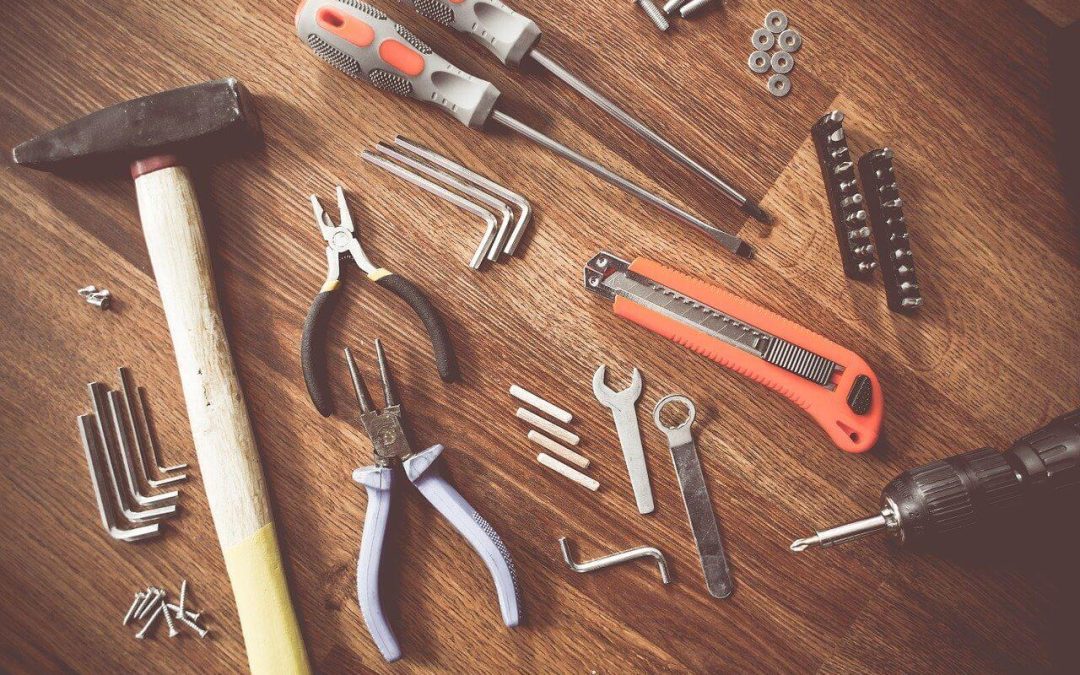Safety is an important part of any DIY project. Whether fixing a broken shelf, painting a wall, or replacing your kitchen sink — having the right tools and knowledge to use them correctly is essential. Here are ten tips for tool safety for DIY projects around the house.
Tool Safety Tips for DIY Projects
1. Tool Safety for DIY Projects: Read the Instructions
Before you begin a project, thoroughly read the instructions. Don’t use any tool unless you understand how each work and the risk associated with its use.
2. Wear Appropriate Safety Gear
Use safety gear when tackling improvements and upgrades around the house. Depending on your project, you may need gloves, goggles, or a dust mask. Protecting yourself from injuries like cuts or splinters is important, even when using manual hand tools.
3. Tool Safety for DIY Projects: Use the Right Tool for the Job
Using the wrong tool for the job can be dangerous. If you don’t have what you need to complete a task, ask a friend or neighbor to borrow the correct tool. Check your community to find a tool-lending library. Some areas have libraries with tools you can borrow for a short period.
4. DIY Project Safety: Keep the Tools Clean
Cleaning and maintaining your tools and equipment will ensure they’re in proper working order and won’t malfunction or cause injury during use.
5. Unplug Power Tools Before Making Adjustments
Before changing settings, replacing a drill bit, or making adjustments to a power tool, unplug it. Unplugging will prevent electric shock and other injuries associated with the tool being powered on while you’re working on it.
6. Tool Safety for DIY Projects: Keep the Work Area Clear
Keep your work space clean, clutter-free, and well-organized to prevent accidents and falls due to clutter. Remove trash and prepare the area for use. After each project, do a deep clean of the space to be ready for the next task.
7. Use the Right Extension Cord
Choose the right extension cord for your project when using power tools outdoors or far from an electrical outlet. Using the wrong cord is a fire hazard.
8. Project Safety Tips: Keep Your Tools Away From Children
It’s important to keep your tools — especially power tools and sharp objects — away from children. Educate kids about the proper use of tools, explain that they are not toys, and verify they understand the dangers of using power tools.
9. Keep the Work Area Well Lit
Make sure the workbench is well-lit — especially when using hand tools requiring precision. Good lighting will help prevent missteps or mistakes from poor visibility.
10. Take Breaks When Necessary
When working on large or difficult projects, taking breaks often is important. You’ll prevent fatigue and accidents due to being tired and less alert.
These tips will help ensure your DIY project is successful and safe. Knowing the risks of each tool and taking the time to do the job right is essential for completing a job well and without injury.
American Home Inspection Services provides inspections to customers in Southeast Michigan. Contact us to request our services.

